Bicuspid Aortic Valve Disease In Children
Bicuspid aortic valve disease in children. Additional description From OMIMBicuspid or bicommissural aortic valve BAV describes an aortic valve with 2 rather than 3 leaflets Cripe et al 2004. Certain genetic causes such as Marfan syndrome and congenital bicuspid aortic valve disease are. In 1 to 2 of the population a bicuspid aortic valve is present.
Bicuspid aortic valve is frequently an antecedent to aortic valve stenosis or insufficiency. A child can be born with aortic valve disease or develop it later in life. The Bicuspid Aortic Valve Program offers a unique approach to comprehensive care for children and their families affected by BAV.
Disease progression and variation in clinical practice for isolated bicuspid aortic valve in children We found little to no evidence of disease progression in children with an isolated BAV. Occasionally older children with long standing significant aortic valve stenosis or regurgitation may develop symptoms with exercise such as fatigue or even fainting. BAV can occur as an isolated lesion or in association with other congenital heart defects such as coarctation of the aorta or genetic syndromes like Turner syndrome.
The involved mechanisms and impact of age remain unclear. The majority of children with bicuspid aortic valve will have no symptoms. In conclusion we found that strict adherence to current guidelines would result in restriction of more than 13 of school age children and young adults with BAV from some form of competitive athletics during school age years.
BAV is a congenital condition present at birth. Given the low risk close follow-up and frequent cardiac imaging for BAV surveillance may not be warranted for children. The bicuspid aortic valve opens and closes abnormally and can result in leaking of the valve.
Progression of aortic valve disease occurred in a minority of patients 3. Ascending aortic diseases aneurysms dissections and stenosis and associated aortic valve disease are rare but important causes of morbidity and mortality in children and young adults. Bicuspid Aortic Valve and Congenital Aortic Stenosis in Children BAV Diagnosis.
We retrospectively evaluated the aortic diameters of all pediatric BAV patients identified through an. We offer expert clinical care from a multidisciplinary team advanced diagnostic imaging including 4D flow MRI family screening and access to ongoing research initiatives exclusively for BAV patients.
We offer expert clinical care from a multidisciplinary team advanced diagnostic imaging including 4D flow MRI family screening and access to ongoing research initiatives exclusively for BAV patients.
Occasionally older children with long standing significant aortic valve stenosis or regurgitation may develop symptoms with exercise such as fatigue or even fainting. Bicuspid Aortic Valve Symptoms. We retrospectively evaluated the aortic diameters of all pediatric BAV patients identified through an. If a bicuspid aortic valve does not open normally aortic valve stenosis can result. A normal aortic valve has three cusps or leaflets. Bicuspid aortic valve BAV is one of the most common congenital heart defects in children adolescents and adults. BAV can occur as an isolated lesion or in association with other congenital heart defects such as coarctation of the aorta or genetic syndromes like Turner syndrome. Bicuspid aortic valve BAV is one of the most common congenital heart defects in children adolescents and adults. The third leaflet does not develop properly with two leaflets fusing together being stuck together.
Bicuspid aortic valve BAV the most common congenital cardiac anomaly has been associated with an aortopathy increased aortic stiffness and diastolic dysfunction. There were no reports of death dissection or catheter or surgical based intervention. Bicuspid Aortic Valve and Congenital Aortic Stenosis in Children BAV Diagnosis. Bicuspid Aortic Valve Symptoms. Disease progression and variation in clinical practice for isolated bicuspid aortic valve in children We found little to no evidence of disease progression in children with an isolated BAV. The bicuspid aortic valve opens and closes abnormally and can result in leaking of the valve. The involved mechanisms and impact of age remain unclear.




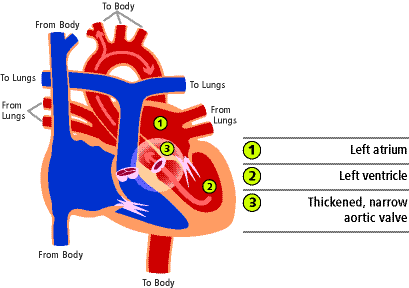





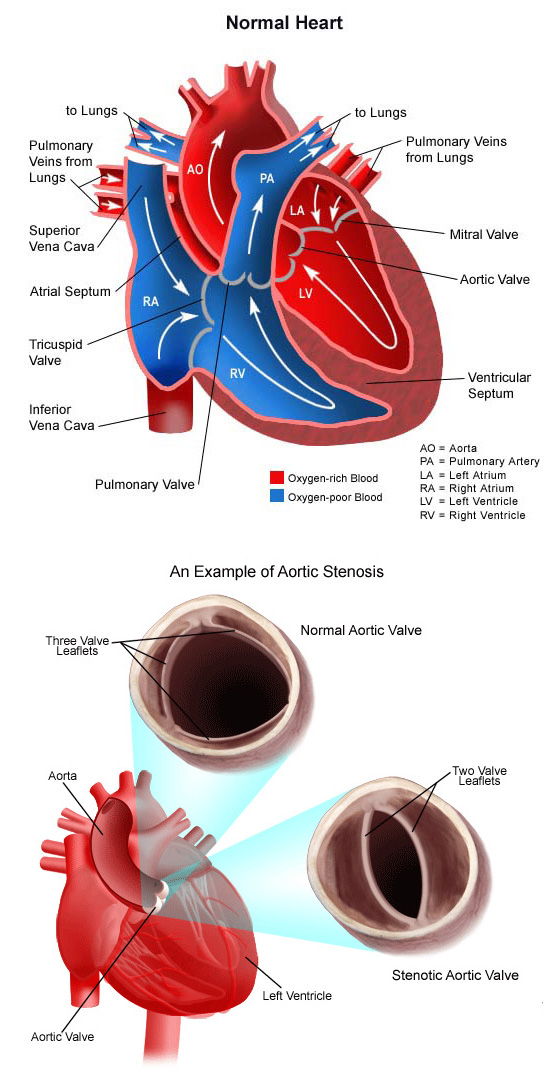


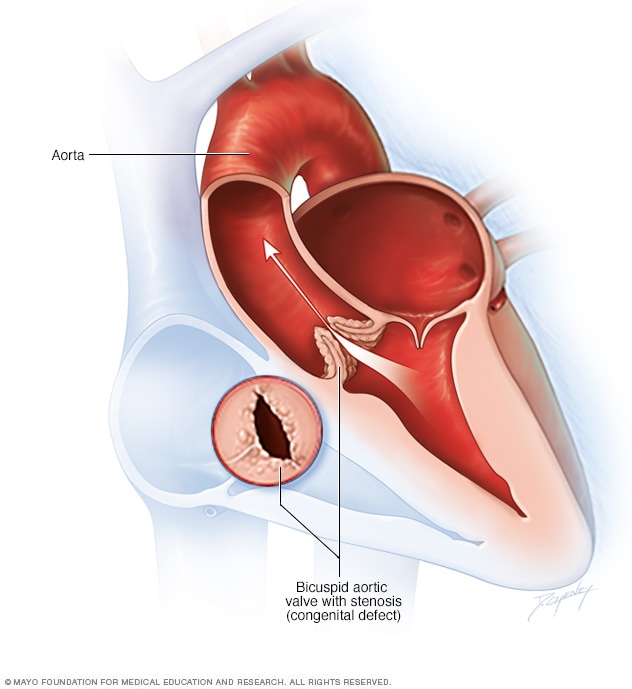
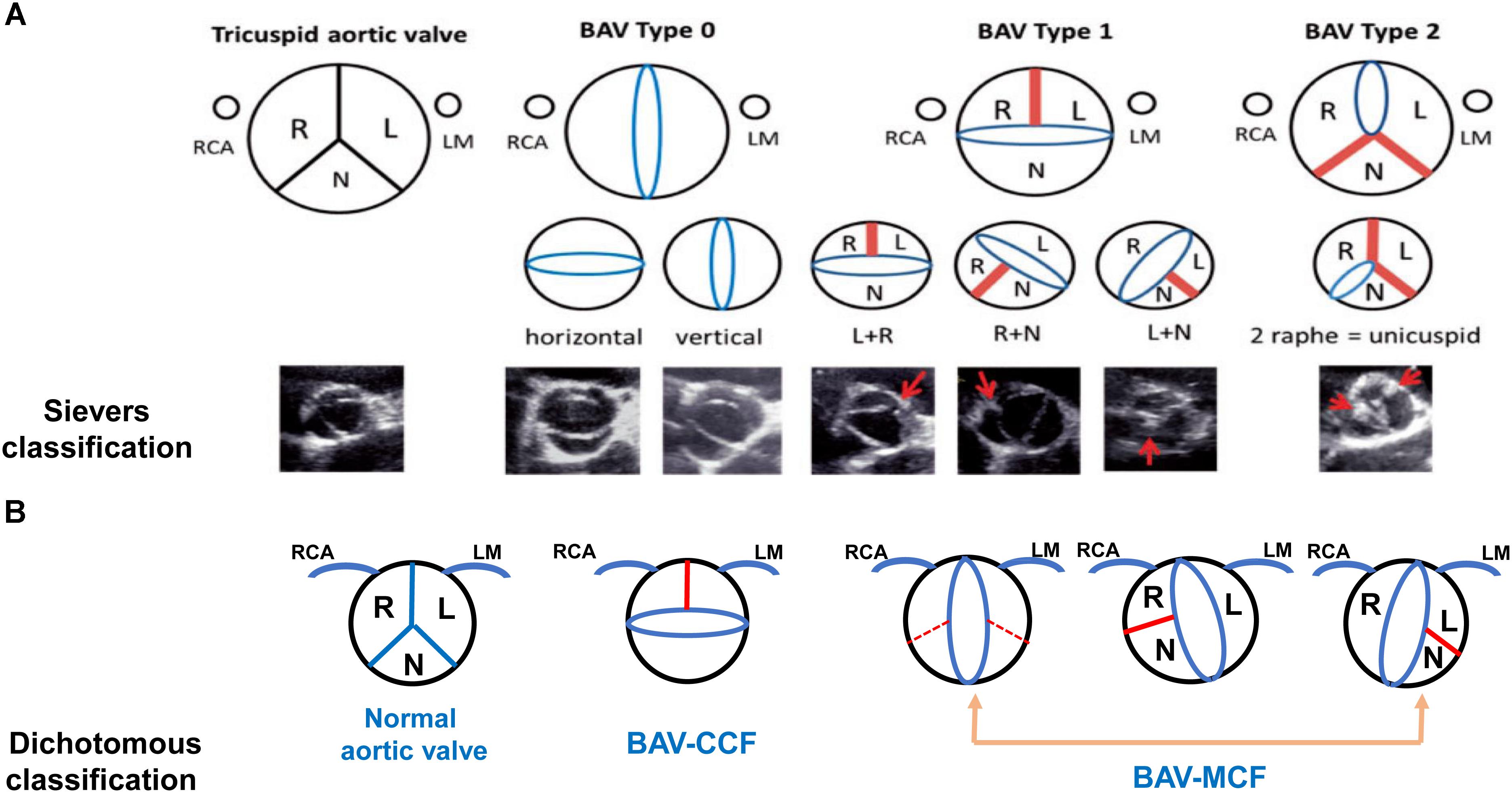







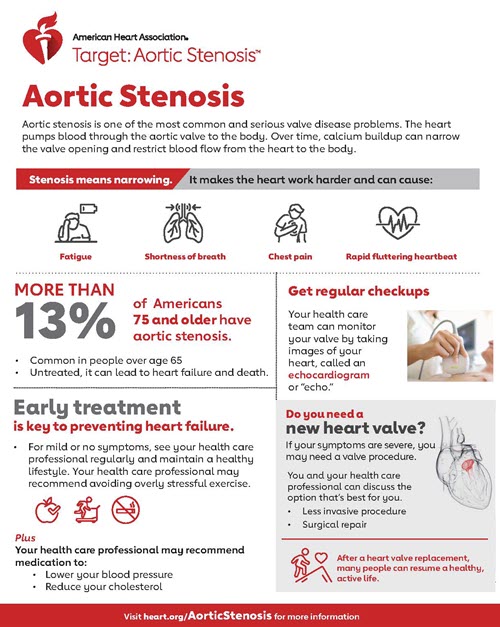
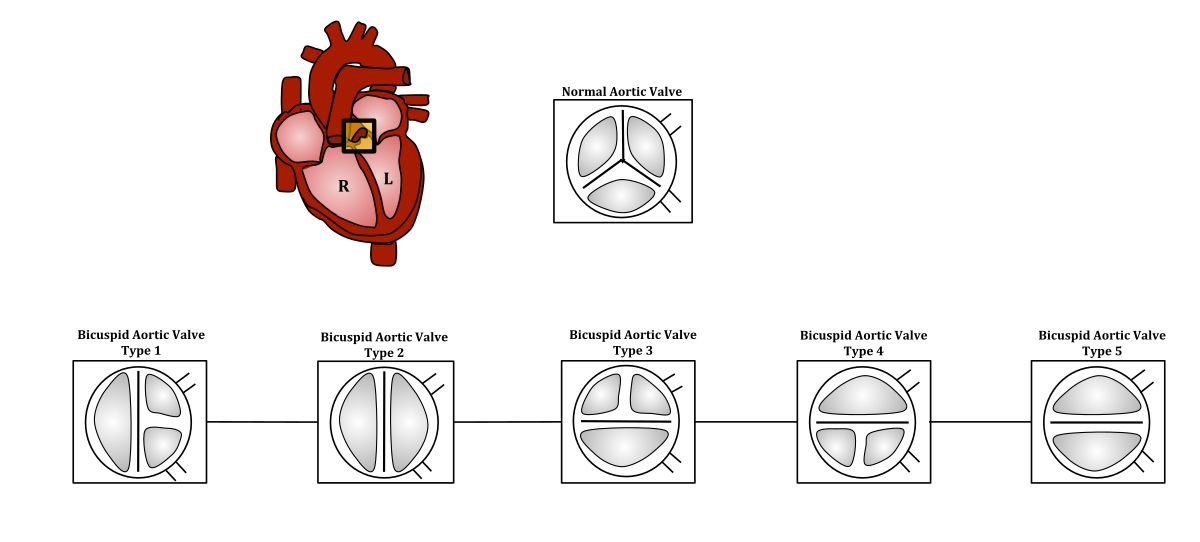

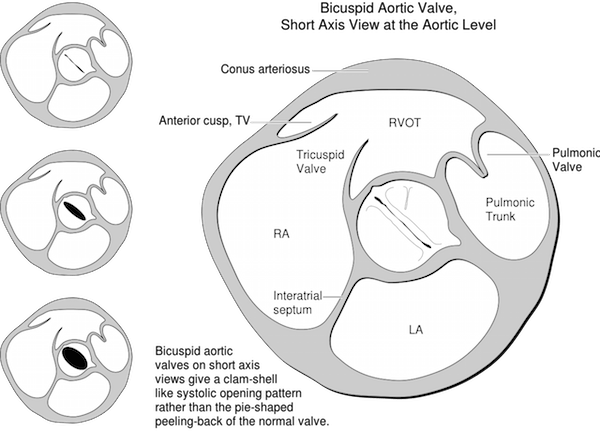

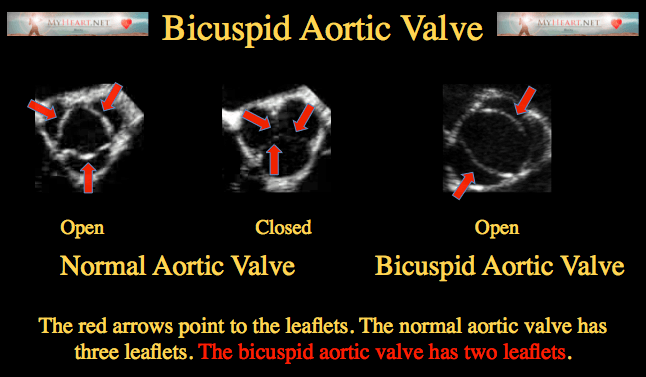




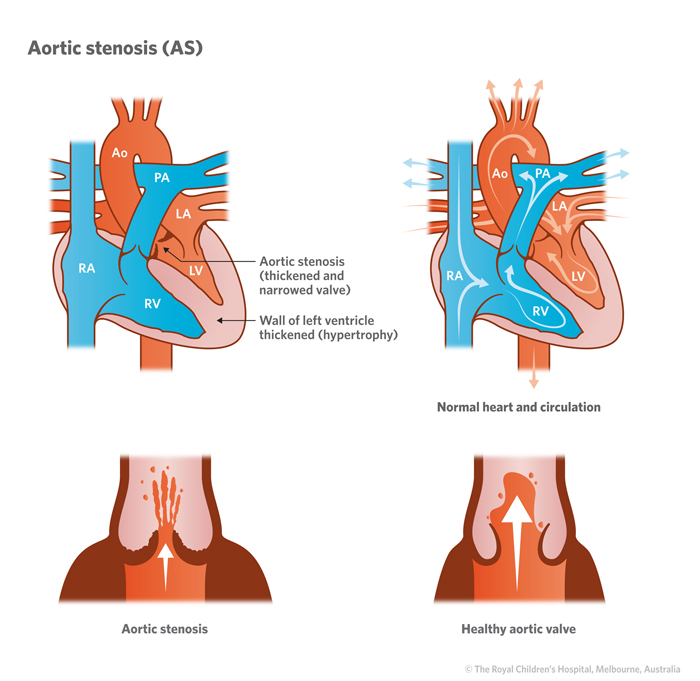
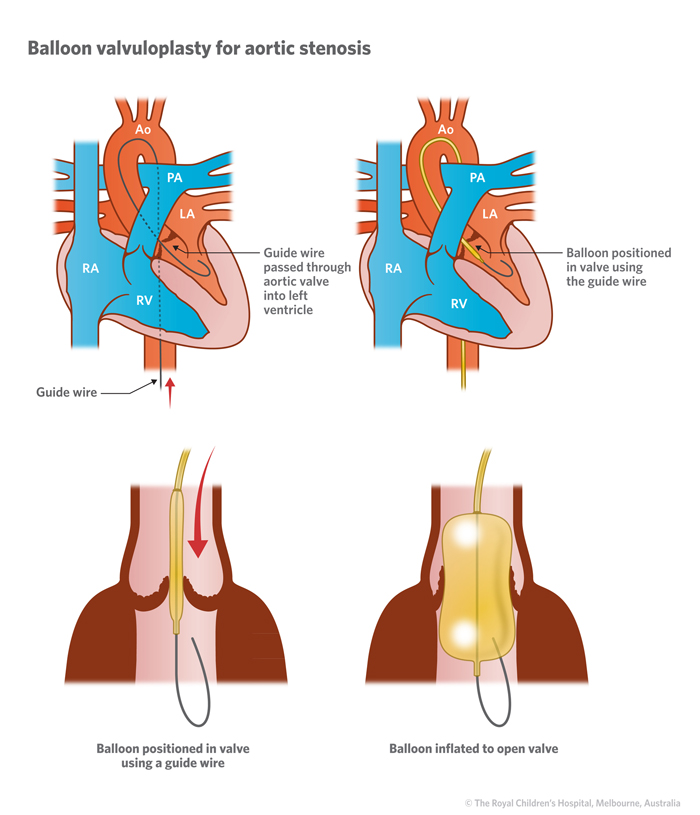








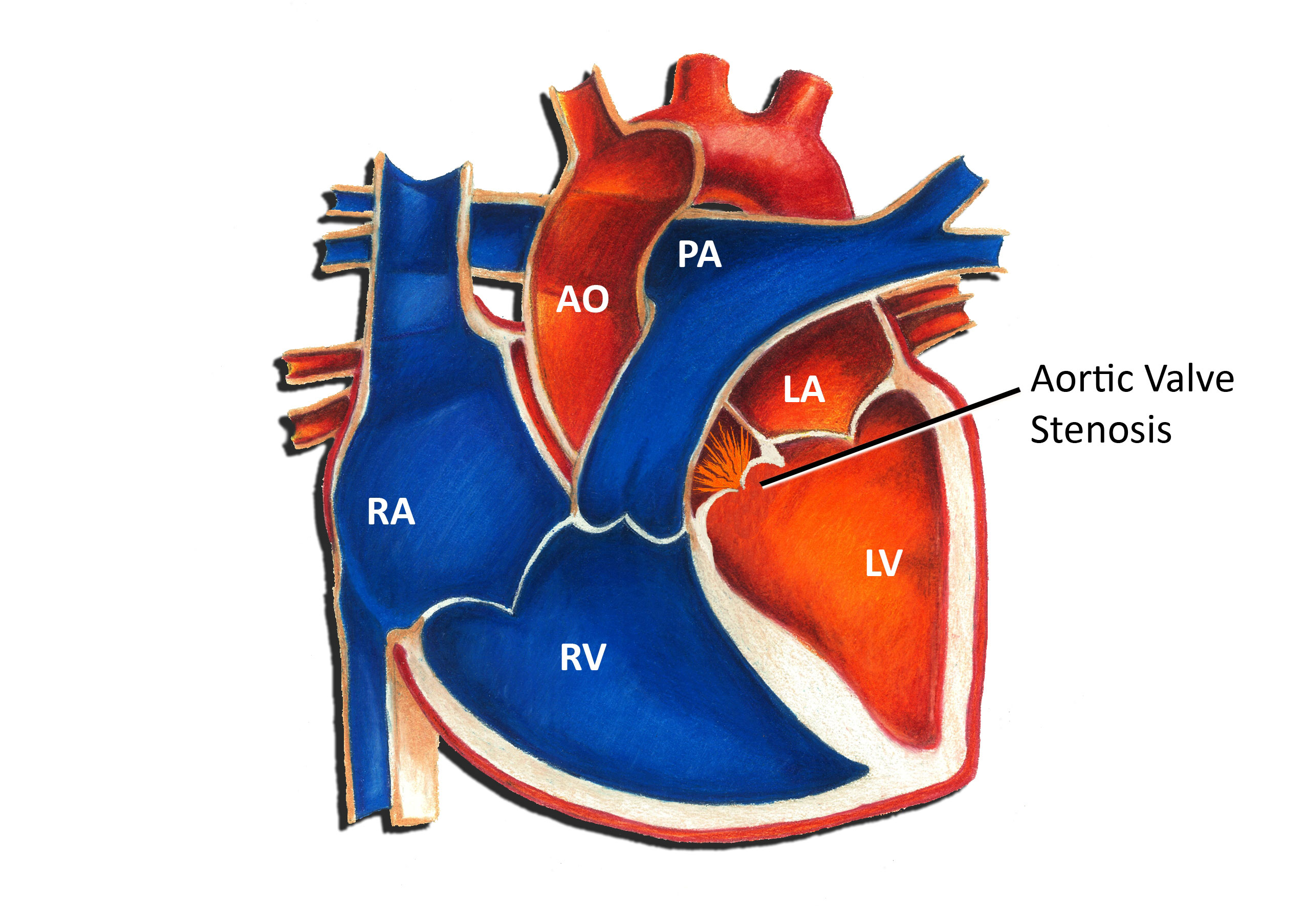


Post a Comment for "Bicuspid Aortic Valve Disease In Children"